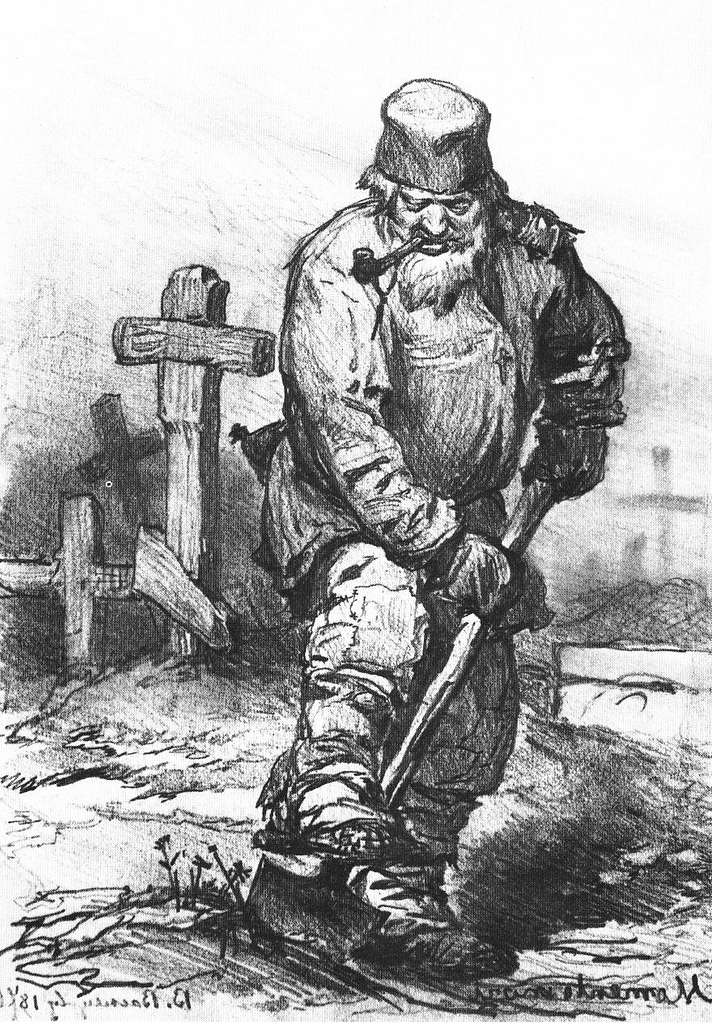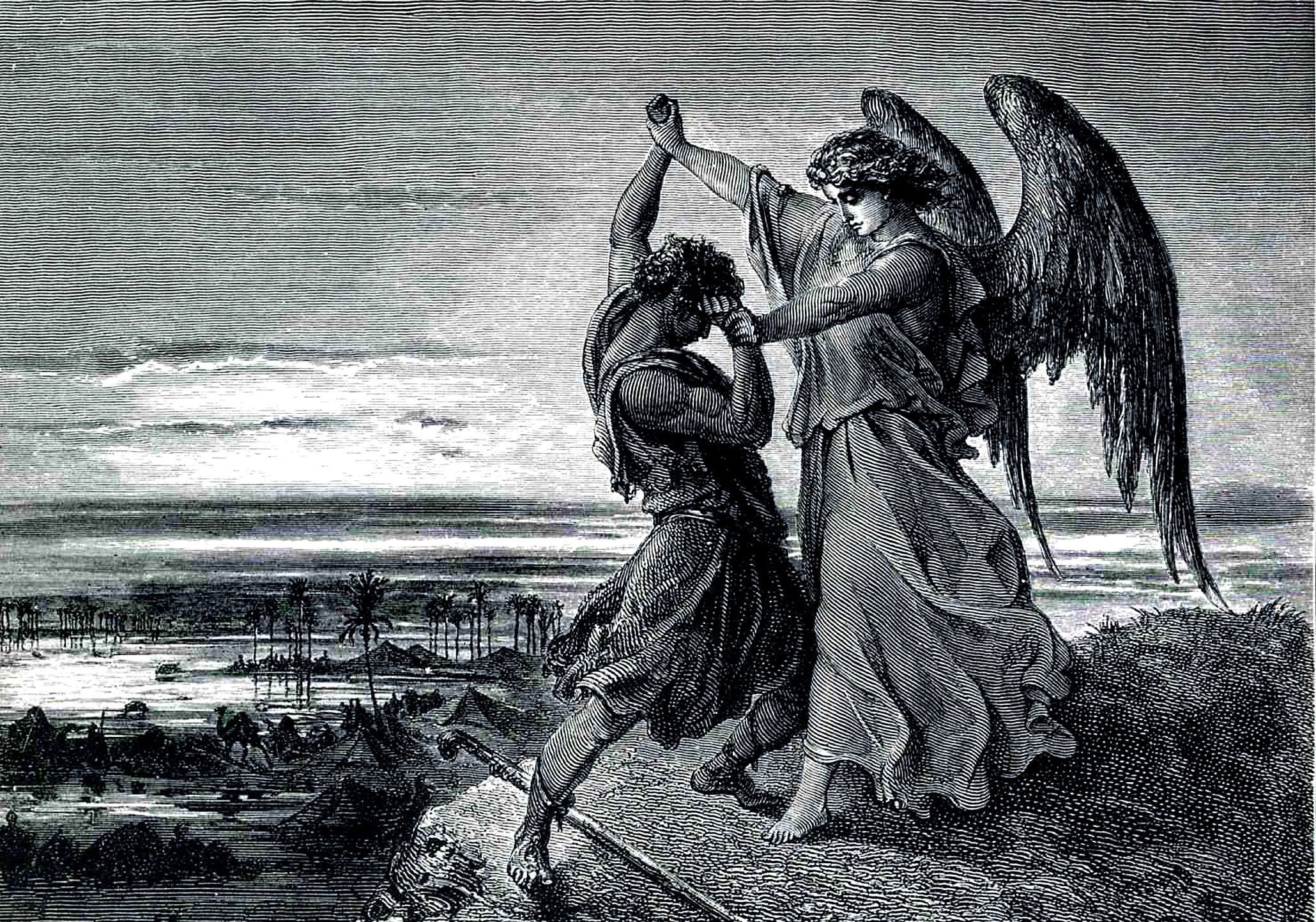Animal Spirits return
- Jeremiah McCoy
- January 23, 2025
Exploring Exploration
- Jeremiah McCoy
- January 14, 2025
Under the Cloak of Magic
- Jeremiah McCoy
- January 1, 2025
Oath of the Grave redux
- Jeremiah McCoy
- December 23, 2024
The Basics of the Game: Reviewing Star Trek Adventures RPG
- Jeremiah McCoy
- October 12, 2020
Basics of the Game: Reviewing Pathfinder 2e
- Jeremiah McCoy
- September 28, 2020










